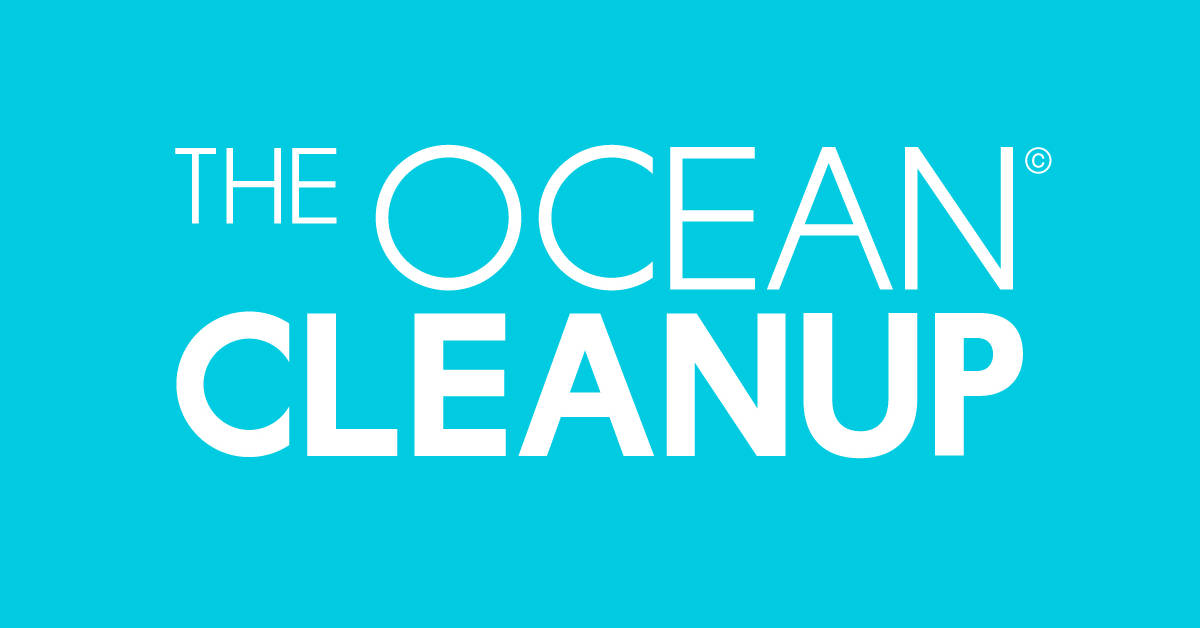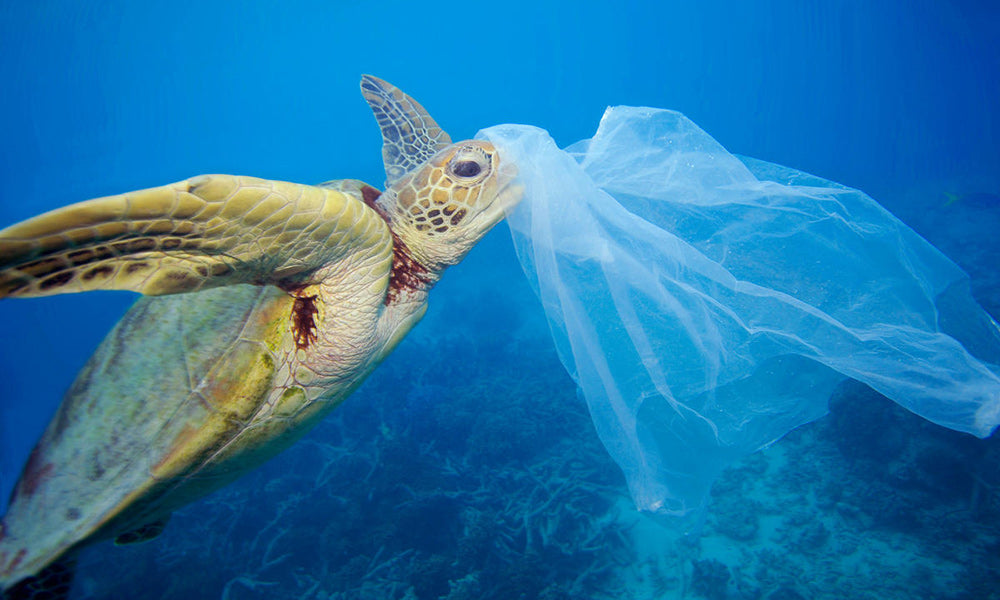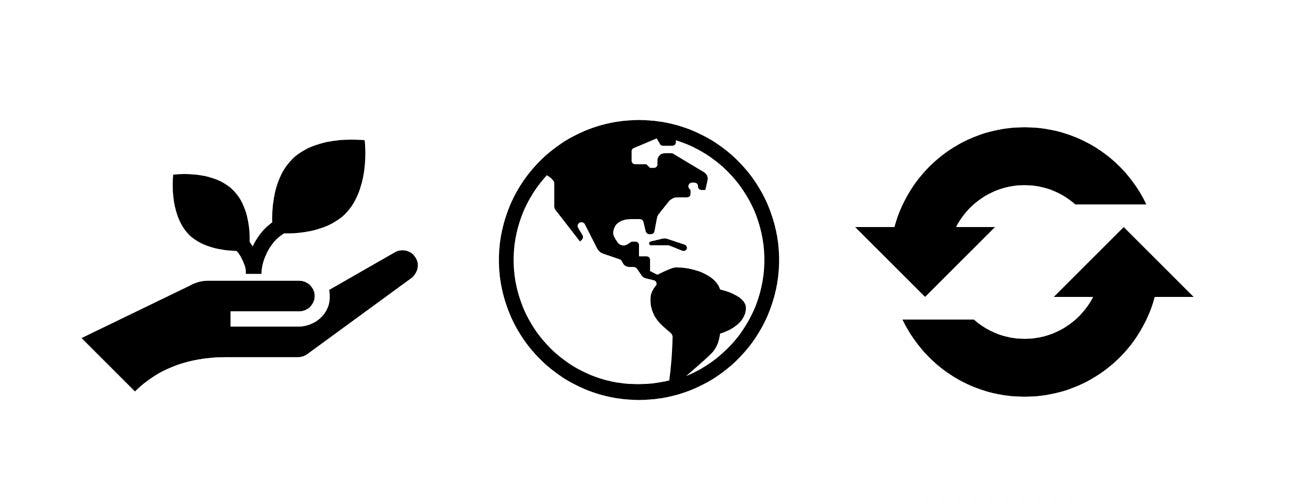
Wheat - Straws & The Ocean Cleanup
 non-profit organization, developing advanced technologies to rid the world’s oceans of plastic.
non-profit organization, developing advanced technologies to rid the world’s oceans of plastic.
A SIMPLE IDEA TURNED INTO A MOONSHOT PROJECT
The Ocean Cleanup is designing and developing the first feasible method to rid the world’s oceans of plastic. Every year, millions of tons of plastic enter the ocean. A significant percentage of this plastic drifts into large systems of circulating ocean currents, also known as gyres. Once trapped in a gyre, the plastic will break down into microplastics and become increasingly easier to mistake for food by sea life.
Going after it with vessels and nets would be costly, time-consuming, labor-intensive and lead to vast amounts of carbon emission and by-catch.That is why The Ocean Cleanup is developing a passive system, moving with the currents – just like the plastic – to catch it. The floater provides buoyancy to the entire system, while the skirt prevents debris from escaping underneath and leads it into the retention system (“cod end”). A cork line above the skirt prevents overtopping and keeps the skirt afloat. As the system moves through the water, slower than the plastic, the plastic collects within the boundaries of the U-shaped system.
YOUR WHEAT - STRAW CAN MAKE A CHANGE
WHEAT - STRAWS donates 2% of all the purchases to The Ocean Cleanup through our Facebook page. Help us and our little globe. Follow us and our journey on Facebook @wheatandstraws🌿
Start using ECO WHEAT - STRAWS!🐢
SHOP
Do you want to know more about The Ocean Cleanup? Click here.




Leave a comment
This site is protected by hCaptcha and the hCaptcha Privacy Policy and Terms of Service apply.